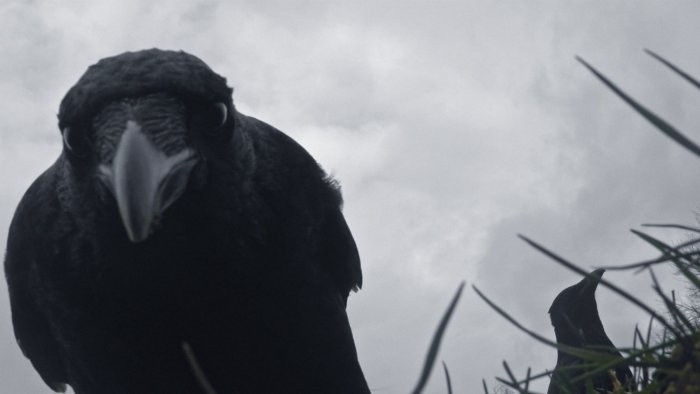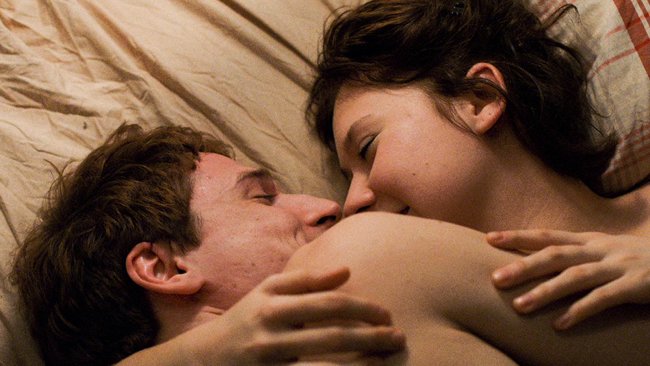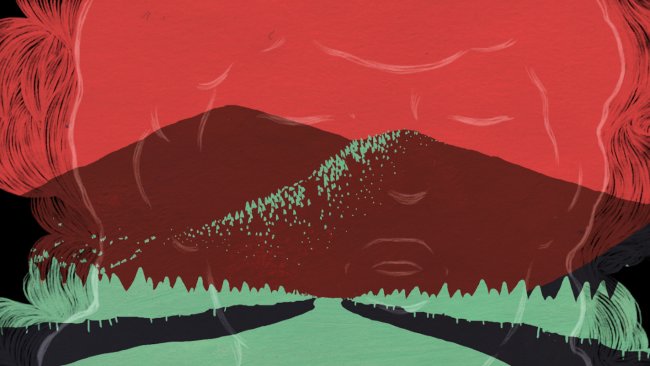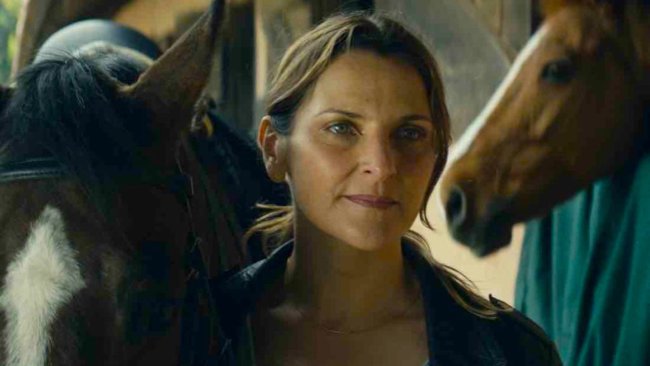Krähen schiessen
[…] The filmmaker slowly creates a polarization between direct observation and observing from a safe distance, between the time of happenings and the time of reports. This polarization displays the ambiguity between the documentary and the fictional gazes – and cinematic genres.
[…] In so skillfully showing her ability to make a criminal drama blossom from of a naturalistic documentary, Christine Hürzeler gives us the chance to experience the magic and perversity of cinema.
Text: Giuseppe Di Salvatore

«There are strange flowers of reason to match each error of the senses. Admirable gardens of absurd beliefs, forebodings, obsessions and frenzies. Unknown, ever-changing gods take shape there». In his Le paysan de Paris, Louis Aragon meant the gardens literally (giving as example the Parc des Buttes Chaumont), as the place where all the weirdness of human beings is summed up. Even if in Christine Hürzeler’s Krähen schiessen we barely see any human beings, instead their absurd beliefs, forebodings and obsessions are the true theme of what initially appears as a documentary film on a garden near Zurich. The fear of crows, therefore, becomes the pole attraction of the queer imagination that haunts the social institution of the garden, insofar as this is the reign of the half-wild and half-mysterious. The public garden is nothing but the place for regulated intercourse between man and nature; and the Swiss version that Hürzeler explores hosts a lonely woman, a homeless person, and the crows. Additionally, the figure of the regulatory mediation of man and nature, which is represented by the wildlife officer who has the task to periodically kill some crows in order to prevent their “dangerous” occupation of the space and relieve the anxiety of people.
On this odd scene plunged in the fog, Hürzeler makes us meander our gaze through a multiple perspective: the observational point of view of a (normal) documentary shifts into the point of view of surveillance cameras or a helicopter, but also into the points of view of the figures walking in the garden – the woman, the vagrant , the wildlife officer. The filmmaker slowly creates a polarization between direct observation and observing from a safe distance, between the time of happenings and the time of reports. This polarization displays the ambiguity between the documentary and the fictional gazes – and cinematic genres: if the first one is made sound through a calm voice over, the second one is embodied by a vibrant soundscape (by Jonathan Schorr, with additional foley by Peter Bräker).
With the woman disappearing, and the police doing their research, Krähen schiessen takes a fully cinematographic turn. The wonderful images of the crows, which were already hinting at the cinematographic memory of primordial fears, become evidence of the crime scene. What has been an unconfessed feeling of threat becomes now the materialization of our criminal projections. Hürzeler seems to incite our accusatory propensity against the crows, introducing a crescendo of proximity between the crows and the camera, up to the scene of the crows hitting the camera itself. We also seem to perceive two drops of blood on the camera lens…
We actually experience this climax of fear and hostility against the crows as a stumbling block, for, together with the architected criminal story, we have already had the opportunity to feel the growing osmosis between the camera and the crows, and we are already well aware of them being simply the victims of absurd projections. In fact, the only crime that is presented in Krähen schiessen is the officer’s systematic shooting of the crows. For this reason, the film staging the criminal story and playing with the detective film genre clearly aims at a self-critical stance. Just as we are pushed to raise our accusations against the “dangerous” crows, we are simultaneously made aware of the most dangerous power of projecting. In so skillfully showing her ability to make a criminal drama blossom from of a naturalistic documentary, Christine Hürzeler gives us the chance to experience the magic and perversity of cinema. To this regard, we could say that the “frenzy” that Aragon has mentioned pertains both to the garden and the cinema. Just as in gardens and rational arguments, also in cinema do «unknown, ever-changing gods take shape».
This article contains a third-party video. If you would like to watch the video, please adjust your settings.
Info
Krähen schiessen | Film | Christine Hürzeler | CH 2019 | 20’ | Solothurner Filmtage 2019, Videoex Zürich 2019
First Prize at Videoex Zürich 2019
First published: June 12, 2019



